Just about an hour from Tokyo, Chiba offers the perfect escape for a day trip filled with delicious discoveries. This coastal prefecture is known not only for Narita Airport and Tokyo Disneyland, but also for its intriguing local cuisine, shaped by the sea and the land. From fresh seafood to hearty ramen, Chiba’s culinary scene is full of surprises. In this article, we’ll explore Chiba’s food culture – from its history to must-try dishes and recommended restaurants.
About Chiba Prefecture
Chiba Prefecture sits on the eastern edge of Japan’s main island, forming a peninsula that reaches into the Pacific Ocean. The region borders Tokyo Bay to the west and the Pacific Ocean to the east and south, with water nearly surrounding it. Gentle hills, flat plateaus, and coastal plains shape the landscape. No part of Chiba rises above 500 meters, making it the only prefecture in Japan without land at that elevation.
Thanks to its mild climate, rich soil, and surrounding seas, Chiba produces a wide variety of fresh ingredients. The warm Kuroshio Current flows along the coast, keeping temperatures stable throughout the year. Even in winter, coastal areas like Minami Bōsō rarely see frost. These natural conditions support both farming and fishing, making Chiba a dependable source of fresh, local food
History of Chiba and Its Food
Chiba’s food culture goes back thousands of years. During the Kofun period, people called the area Fusa no Kuni, meaning “Land of Hemp.” Settlers from Shikoku brought hemp cultivation with them, giving the region its name. Over time, this area split into three parts: Kazusa, Shimousa, and Awa. Locals still use the name Bōsō Peninsula, which combines characters from these historical regions.
By the Edo period, Chiba had become a major supplier of seafood for the Tokugawa shogunate. Towns like Funabashi earned the name Osaiura, or “provisioning harbors,” for sending fish to Edo (now Tokyo). The Tonegawa and Edogawa Rivers carried seafood and other goods directly into the city. Tokugawa Ieyasu even redesigned the Tonegawa’s course to improve water transport and flood control.
Ancient shell mounds in the region show that people fished here for centuries. Archaeologists have found remains of sea bream, tuna, squid, and even whales and sea lions. Chiba’s rich history, fertile land, and coastal access continue to shape its local food traditions today.
Recommended Food
Located just outside Tokyo, Chiba Prefecture is surrounded by both the sea and rich farmland, making it a center for agriculture and fishing. Over the years, its food culture has flourished, shaped by both its coastal and rural environments. From fresh seafood to farm-raised delicacies, Chiba offers a wide variety of local foods that are beloved by locals and enjoyed throughout Japan. The prefecture is famous for its soy sauce, peanuts and unique seafood dishes, as well as some lesser known but equally delicious regional specialties.
Futomaki zushi
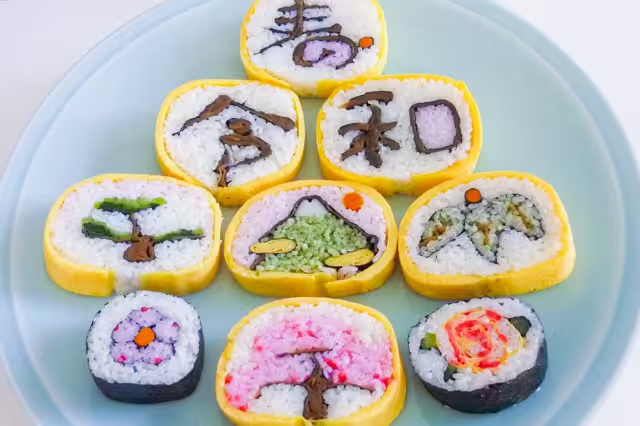
Futomaki matsuri sushi, or “festival sushi rolls,” showcase Chiba’s vibrant food culture. These colorful, oversized rolls feature intricate designs such as flowers or kanji that are only revealed when cut. Using simple ingredients – vinegared rice, egg, vegetables and fish – cooks focus on precise arrangement to create edible art. The tradition began on the Bōsō peninsula and reflects the creativity and warmth of the community. Unlike typical sushi, families often make these rolls at home and serve them at festivals or gatherings. Local cooking schools now offer classes in this unique style, helping new generations carry on the tradition and celebrate its joyful spirit through hands-on experience.
Kogane aji
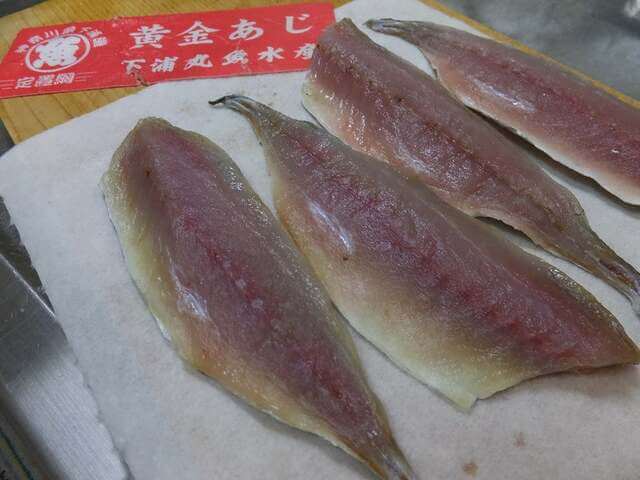
Kogane Aji (黄金アジ), a prized variety of horse mackerel from Chiba, stands out for its rich flavor and golden skin. It thrives in the nutrient-rich waters off the coast of Chiba, where it develops tender, fatty flesh that seafood lovers truly appreciate. Chefs often serve it as sashimi, grill it to bring out its natural oils, or prepare it in other simple ways that highlight its depth of flavor. Every bite offers a fresh, satisfying taste that reflects the quality of the region’s waters and the skill of those who prepare it.
Details about Kogane Aji here.
Takeoka Ramen (竹岡ラーメン)
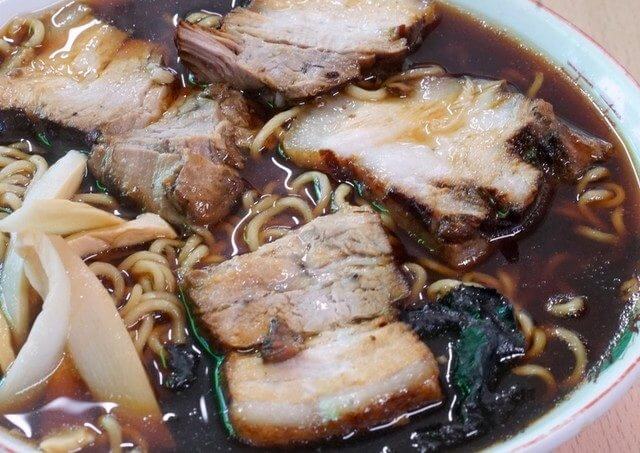
Hailing from Takeoka Port in Futtsu City, Chiba Prefecture, Takeoka Ramen offers a bold and distinctive take on traditional ramen. Instead of preparing a separate soup base, chefs mix soy sauce – made by roasting pork tenderloin – with the hot water used to cook the noodles. They then top the dish with slices of raw onion, which add a sharp, refreshing bite.
What sets this ramen apart is the use of dried noodles instead of the typical fresh kind. These noodles are cooked over a charcoal-fired shichirin (a small clay oven), which gives them a subtle smoky flavor. As a result, each bowl captures the essence of local flavor and craftsmanship.
The real highlight, however, is the generous portion of roasted pork fillet – often with ten slices piled on top. Despite its minimal ingredients, the combination of soy sauce, tender pork, and charcoal-grilled noodles creates a flavor that’s both simple and unforgettable. Plus, each shop adds its own twist to the recipe, making each visit a chance to discover something new.
Best recipe for Takeoka Ramen here!
Regional Dishes Across Chiba
Chiba is known not only for its famous “futomaki sushi.” The local dishes from the various regions—Higashi-Katsushika/Bay Area, Hokuso, Kujukuri, and Southern Boso—reflect the area’s rich culinary traditions. Let’s take a look at some of them.
Higashi-Katsushika & Bay Area
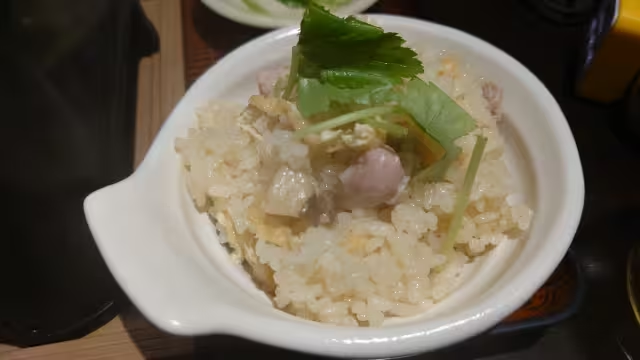
This area, which is home to some of the prefecture’s largest cities, stretches from Chiba City to Tokyo Bay. It includes the expansive Makuhari New City, where major conferences and international events are held at Makuhari Messe. Urayasu is known for its resort district centered on a large theme park. The scenic Lake Teganuma lies between the cities of Abiko, Kashiwa, Inzai, and Shiroi. Together with Lake Inbanuma in the Hokuso region, Lake Teganuma forms part of the beautiful Inba-Tega Prefectural Nature Park, which is perfect for birdwatching.
One of the most iconic local dishes is Takatsu no Torimeshi, a mixed rice dish with chicken originating from the Takatsu district of Yachiyo City. Traditionally eaten during rituals such as Koyasukou and Hozumi on August 1, the dish features chicken sautéed in soy sauce and mixed with rice. It’s a simple dish that brings out the flavor of each ingredient.
Hokuso Area
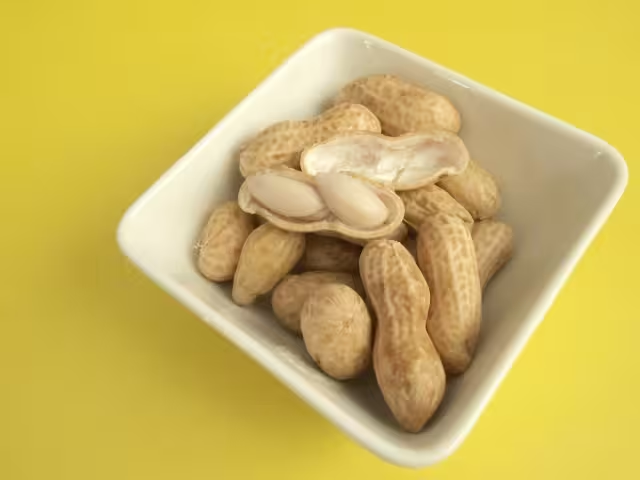
The Hokuso region spans the plains of the Tone River and the Shimousa Plateau. The area is dotted with natural parks, such as Inba-Tega, Suigo-Tsukuba Quasi-National Park, and Otone Prefectural Natural Park. The area boasts nostalgic landscapes, such as the satoyama woodlands in Inzai and the historic townscape of Sawara in Katori City, which was once a hub for river transport.
A local favorite is boiled peanuts made from nuts harvested in the fall. Unlike roasted peanuts, which are crunchy, these have a soft texture and gentle sweetness. Once a local secret, they are now being shipped outside the city and gaining wider recognition.
Kujukuri Area
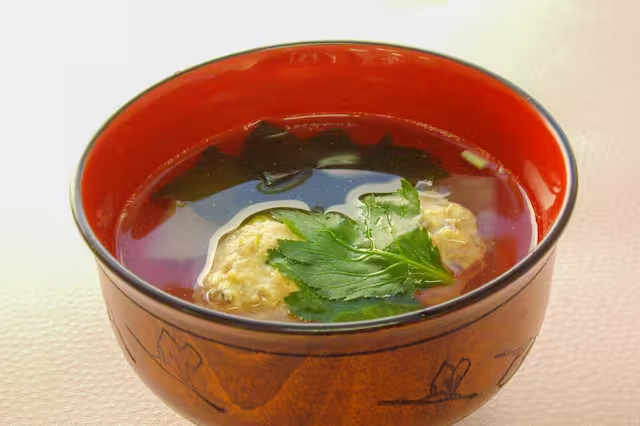
The Kujukuri region encompasses towns such as Kujukuri, Togane, and Sanmu. The highlight of the area is the 60-kilometer-long Kujukuri Beach. This stretch, from Iioka in Asahi to Taito in Isumi, is famous for swimming and summer homes, especially in Ichinomiya, which is known as the “Oiso of the East.” Literary greats like Ryunosuke Akutagawa and Kotaro Takamura loved this area.
Kujukuri has a deep relationship with sardines and has inspired to create dishes such as iwashi dango-jiru, a soup with fluffy fish balls made from sardines that melt in your mouth. Another dish, seguro iwashi no goma-zuke, involves preserving sardines by removing their heads and guts, salting them, and marinating them for several days in a mixture of vinegar, sesame, ginger, yuzu, and red pepper. Each bite balances the fish’s umami with bright acidity and aroma.
Southern Bōsō
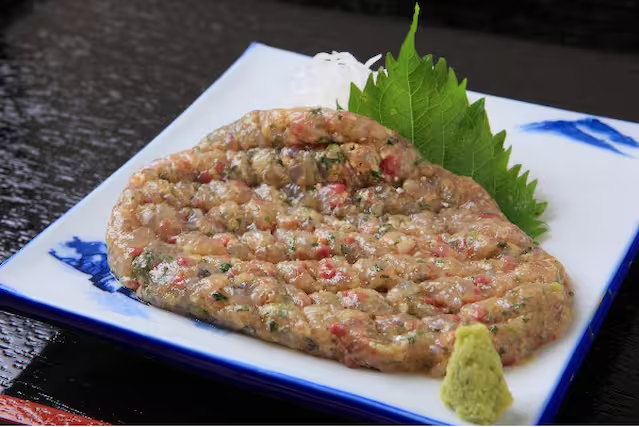
Southern Bōsō is Chiba’s southernmost region and a popular resort destination. Thanks to weak north winds and a temperate climate, flowers bloom throughout the year. Visitors flock to seasonal highlights like the daffodil fields in Kyonan and the rapeseed-lined roads of Kamogawa. The scenic coastal towns of Minamibōsō, Kamogawa, and Tateyama attract tourists with their relaxed atmosphere and ocean views.
Fishing plays a central role in the local economy. The Pacific coast yields a rich variety of seafood, including abalone, lobster, sea bream, and turban shells. Local cuisine showcases this bounty. Namero – a dish made by mincing fresh horse mackerel with miso, green onions, and ginger – is a local favorite originally prepared by fishermen right on their boats. When lightly grilled, it becomes sanga-yaki, a savory patty bursting with flavor.
What is the process of making Namerou? Find out here!
Recommended Restaurants
Sushi and Seafood Daitokuya (寿司と地魚料理 大徳家)

Daitokuya is the oldest sushi restaurant in Minamiboso, Chiba, with a proud 150-year history. Originally opened in the Meiji Era by a woman named Toku, the shop got its name from the locals, who affectionately called it “Daitokuya”, meaning “Big Toku’s Shop”. At that time, it mainly served fishermen and merchants returning from the sea, and over the years it gradually became a local favorite.
Today, the sixth-generation owner continues this long-standing tradition, offering carefully crafted sushi along with regional specialties such as namerou – a fisherman’s dish made with freshly minced fish and miso. The restaurant has since moved to a sleek, modern location near the Seto coast. Despite the updated setting, Daitokuya remains true to its roots, preserving beloved flavors while looking confidently toward the next 200 years.
Tenichi (ラーメン 天一)
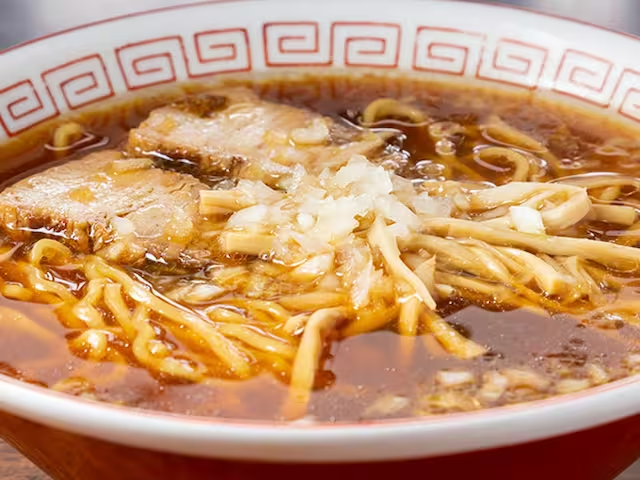
Tenichi is a welcoming ramen shop rooted in the local community, offering a unique take on Chiba’s famous Takeoka-style ramen. Unlike the typical dry noodles used in this style, Tenichi uses fresh, curly noodles that perfectly soak up the rich, meaty broth. Their signature dish features melt-in-your-mouth sweet and savory chashu, crunchy seasoned bamboo shoots, and a special flavor boost from table-side grated garlic. Popular options include classic ramen, chashumen, silky wonton ramen, and even natto ramen – surprisingly popular even with former natto skeptics. With a cozy, bright atmosphere, Tenichi is a place where everyone, even solo diners, can feel comfortable.
TOMORI (ともり 船橋店)
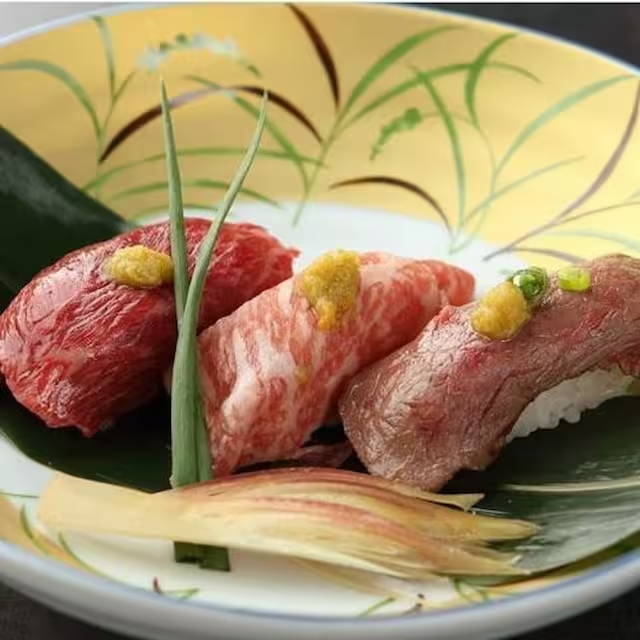
This seaside eatery in Kisarazu offers fresh seafood caught from Tokyo Bay, including the region’s famous asari clams. Their signature dish is “Asari no Sakamushi” (clams with sake), which highlights the sweetness of the clams in a simple, fragrant broth. Other menu items include sashimi, tempura, and set meals using seasonal fish. The restaurant has a relaxed, local atmosphere and is popular with both tourists and locals. Located near the shore, diners can enjoy views of the bay while tasting Chiba’s coastal bounty.
Takeaway
Chiba’s culinary landscape reflects its geography and traditions—from the artistic rolls of Futomaki Matsuri-zushi and the earthy richness of locally grown peanuts to the fresh brininess of Tokyo Bay clams. The prefecture is often overshadowed by neighboring Tokyo, but its food scene offers a slower, more community-focused experience that blends rural heritage with coastal charm. Whether you’re stopping by on a layover at Narita or making a day trip from the capital, don’t miss the chance to explore Chiba through its flavors. It’s a journey through Japan’s quieter, tastier side.
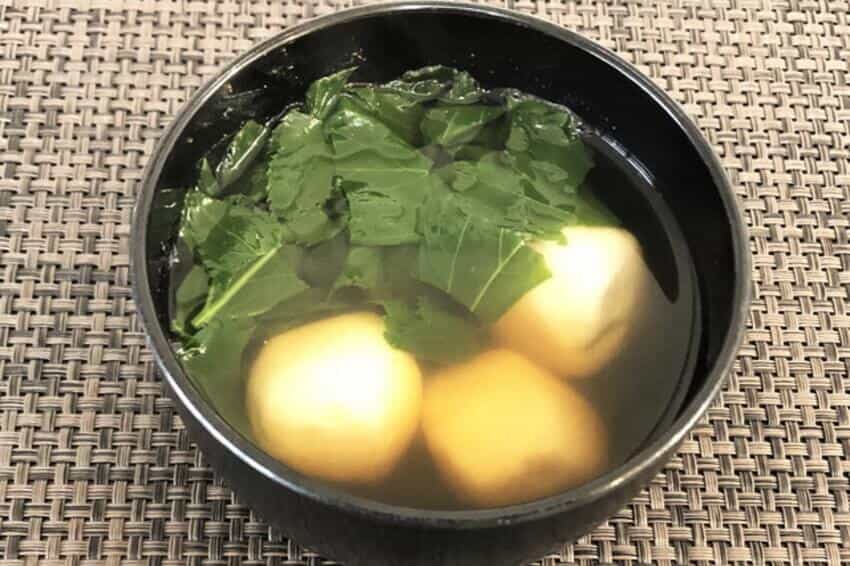
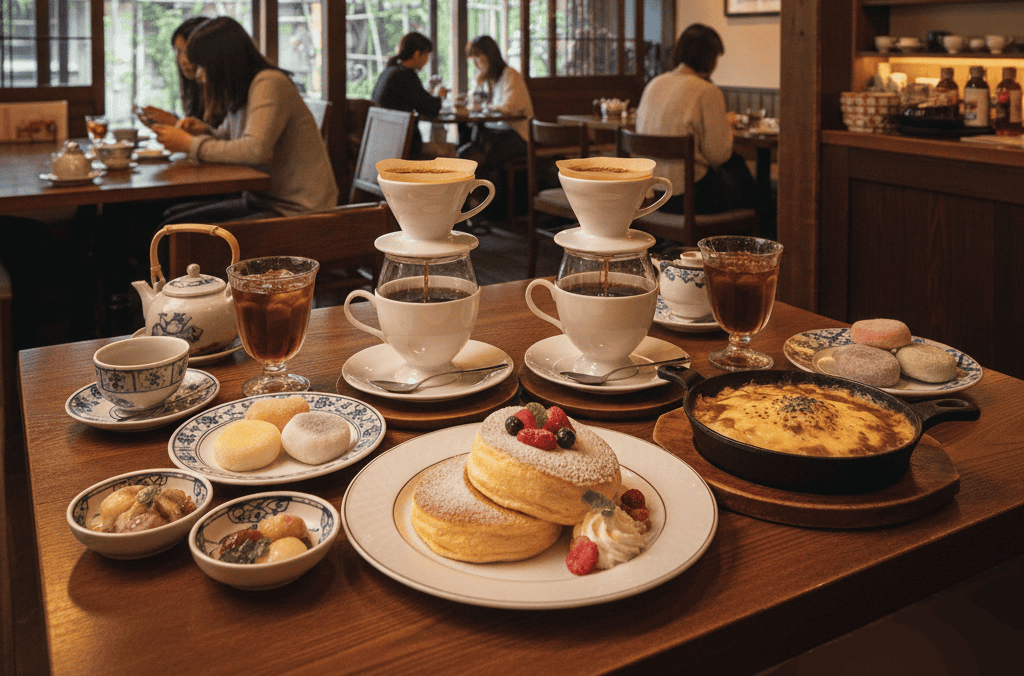
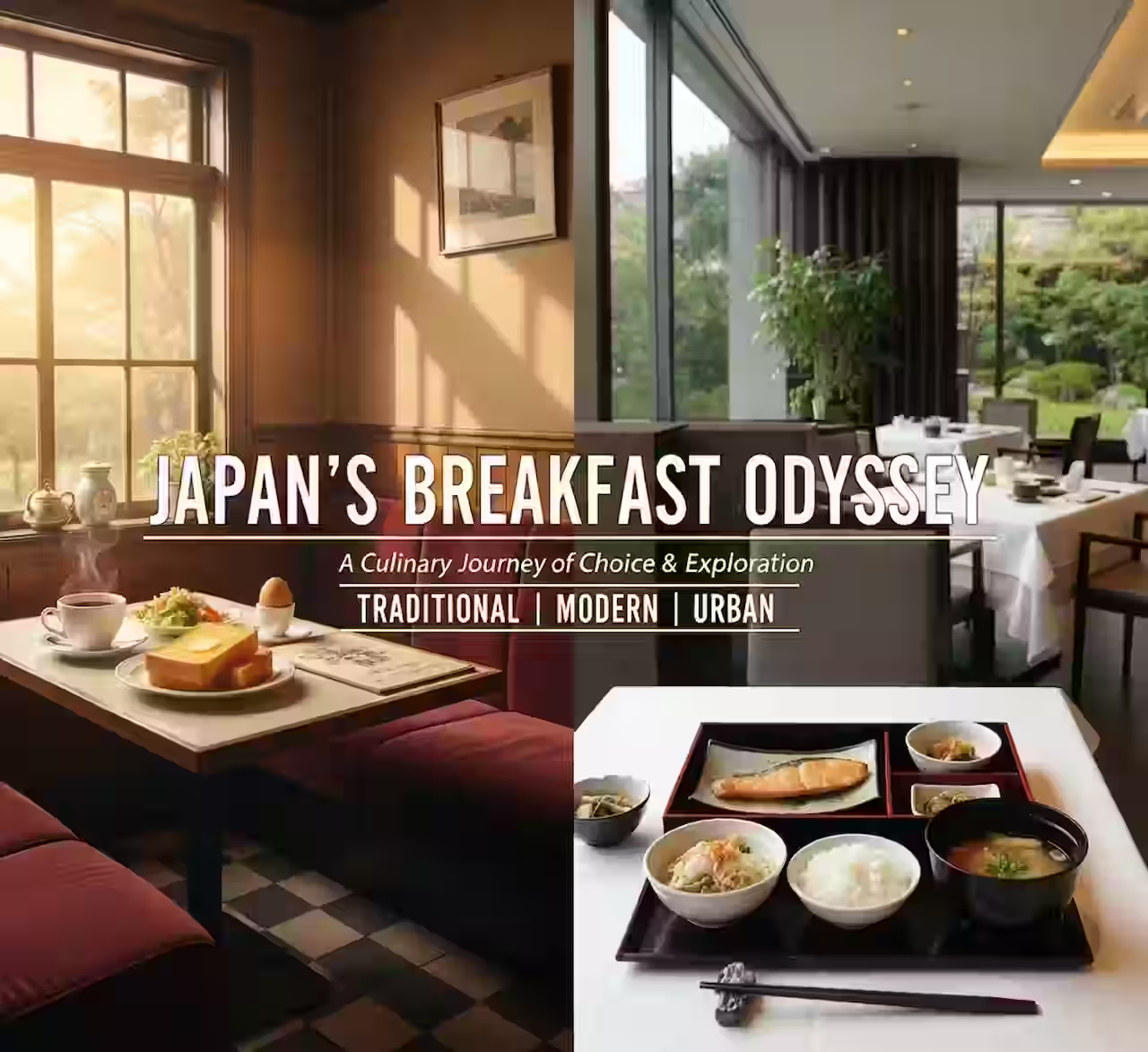
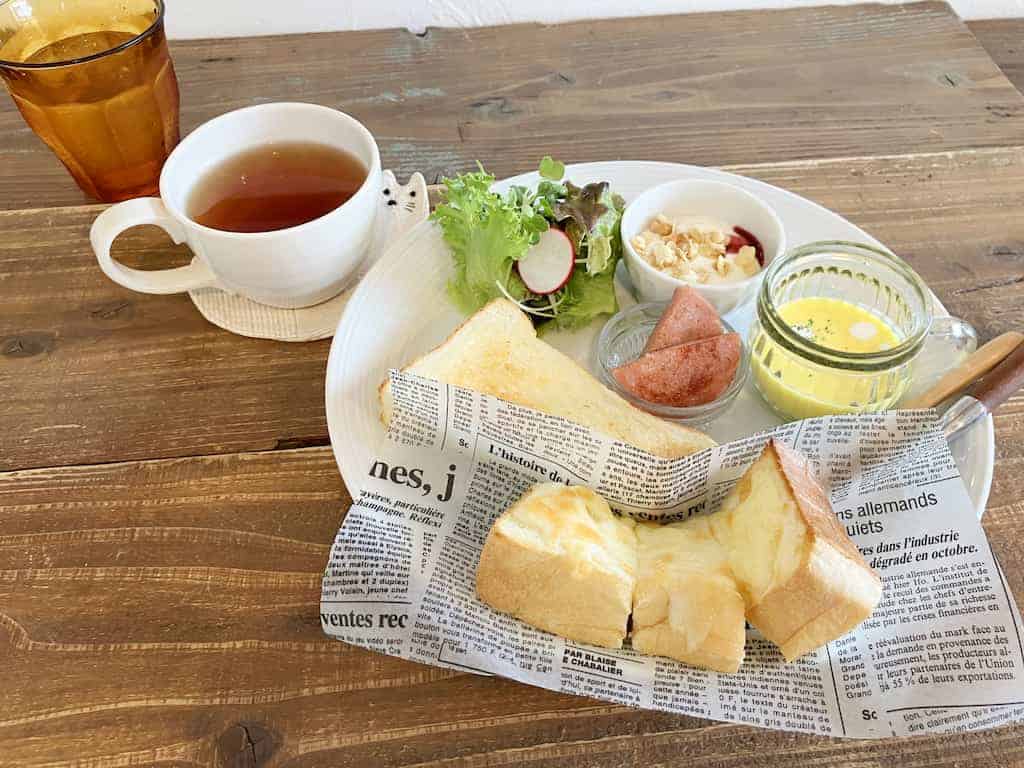
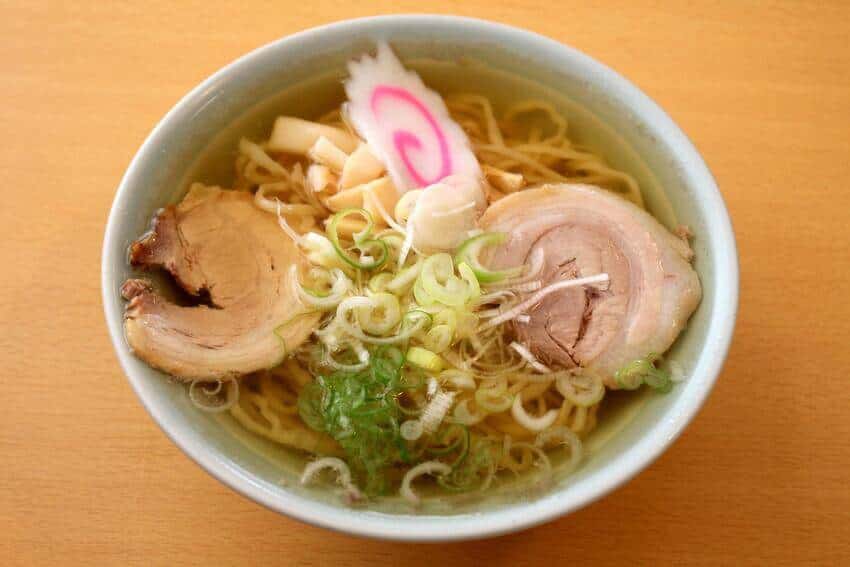

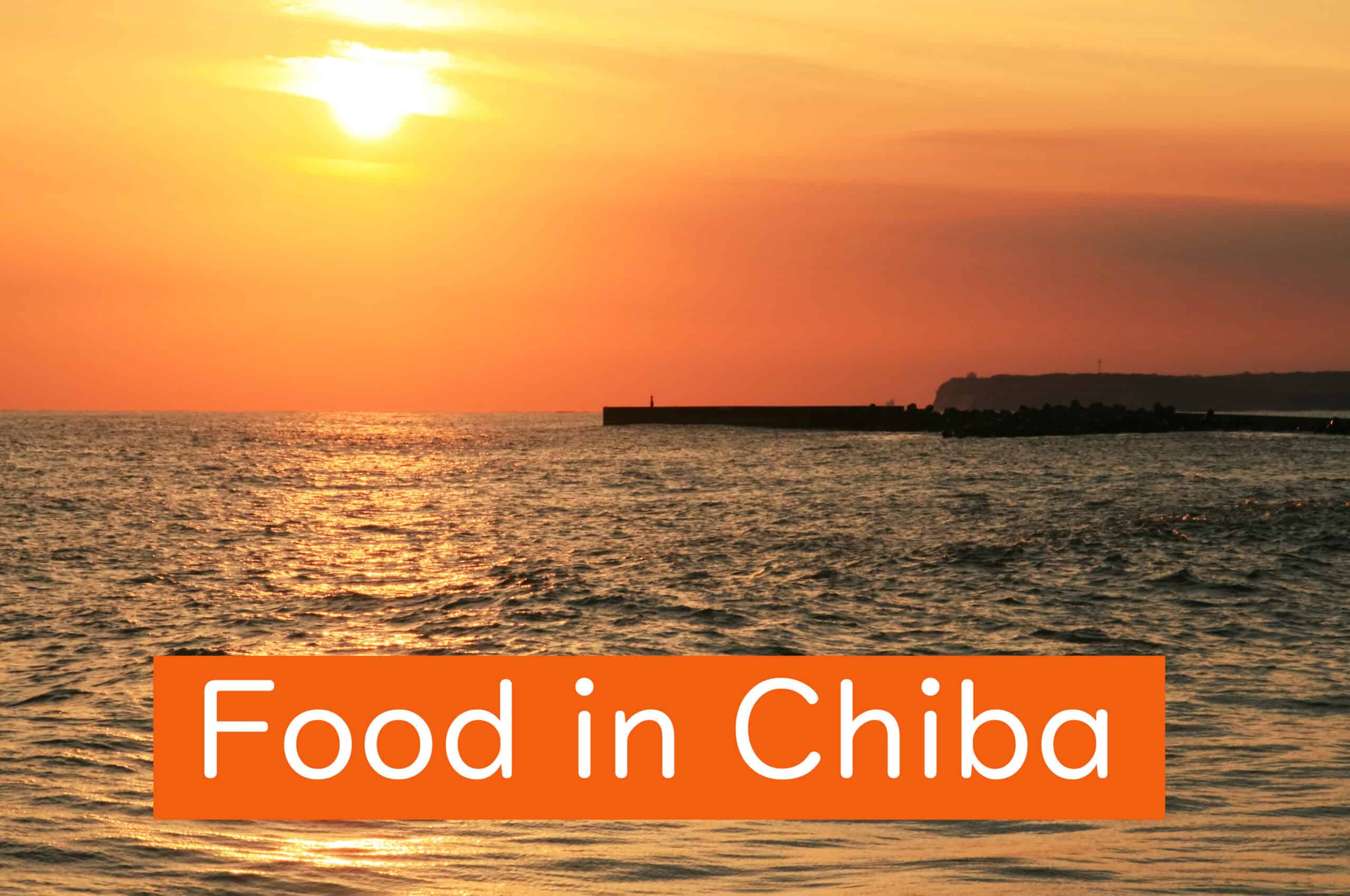
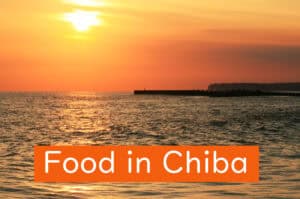
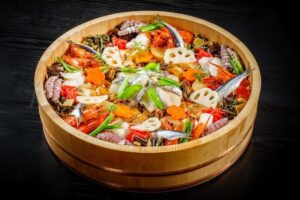
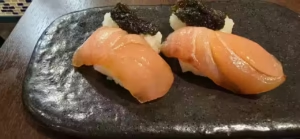
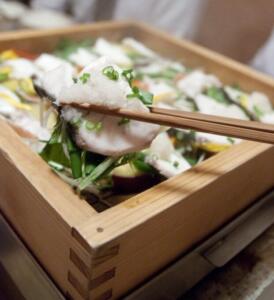
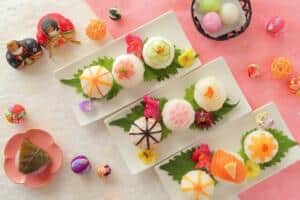
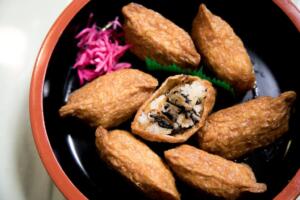
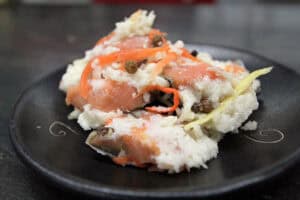
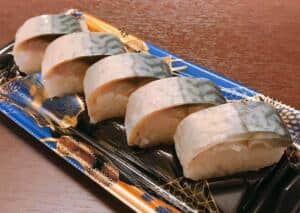
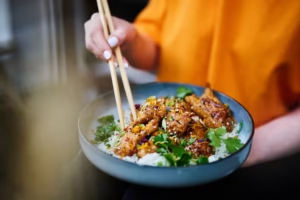
Comments